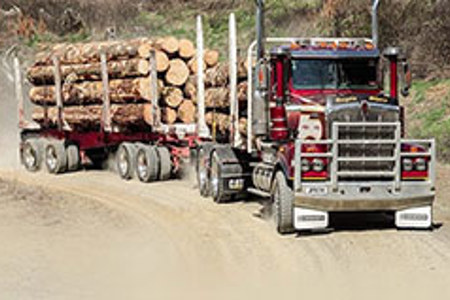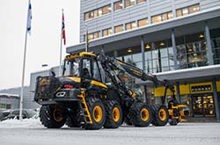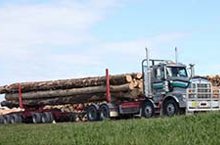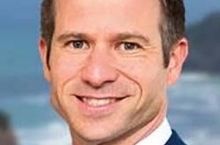
“Despite costing $1.5 billion a year to run, Auckland Transport has limited expertise in freight,“ says National Road Carriers Association (NRC) CEO, Justin Tighe-Umbers. “Right now, freight is an afterthought for Auckland’s transport planners.”
He says the NRC is calling for detailed traffic modelling to support Auckland Transport’s recent proposed replacement of railway level crossing in Takanini with road bridges.
“The City Rail Link is going to be a game changer for Auckland and getting these level crossings replaced is critical to keep freight moving,” says Mr Tighe-Umbers.
"Bridge crossings of the railway are a much-needed part of the roading network at Takanini, which is an important light industry area for the city. Detailed traffic modelling is needed to ensure the new over-bridges minimise delays to freight transport both in the final layout and during construction.
“We’re pleased to see the Government and Auckland Council are jointly funding these crossings, given how critical they are. Currently there is congestion caused by the level crossing and, with the City Rail Link increasing rail movements, it is important that the new bridges are built as quickly as possible for both road safety, to keep traffic moving and to minimise road freight disruption in the area.
“Four road crossings in the area are reducing to three bridge crossings, so it is important these crossings are planned well and in the right parts of the roading network for maximum traffic flow. They are an important step of the City Rail Link project.”
He adds that freight must be treated as a priority, no longer a planning afterthought.
“National Road Carriers supports the Government’s and Auckland Council’s moves to address critical failings from both Auckland Council and Auckland Transport in serving the city’s transport needs.
“Auckland has been beset by poor planning, with urban intensification policy not aligned with transport planning, and the results are obvious for all Aucklanders to see.
“Transport is important to everyone, so shifting responsibility to the Mayor and Councillors will improve accountability.
“However, as well as being accountable, the Mayor and 20 councillors will need to be very clear eyed on their policy goals - Aucklanders will be watching closely and expecting this.
“Transport decisions for Auckland need to be determined by clearly interlinking policy goals between land-use, urban intensification and infrastructure, including transport infrastructure.
“While populations grow rapidly, road corridor throughput for vehicles has conversely shrunk in many areas as cycle lanes are put in, or bus stops block the corridor as they are not offset.
“This means that freight – all the goods we need to keep a city running every day – struggles to get through congestion, and ends up costing residents more due to lost time in traffic. People may not realise it, but these delays hit us in the pocket every time we go to our neighbourhood supermarket and shops.
“To avoid the same mistakes in the future new transport governance needs to have strong expertise across general traffic, freight, public transport and active modes.”










